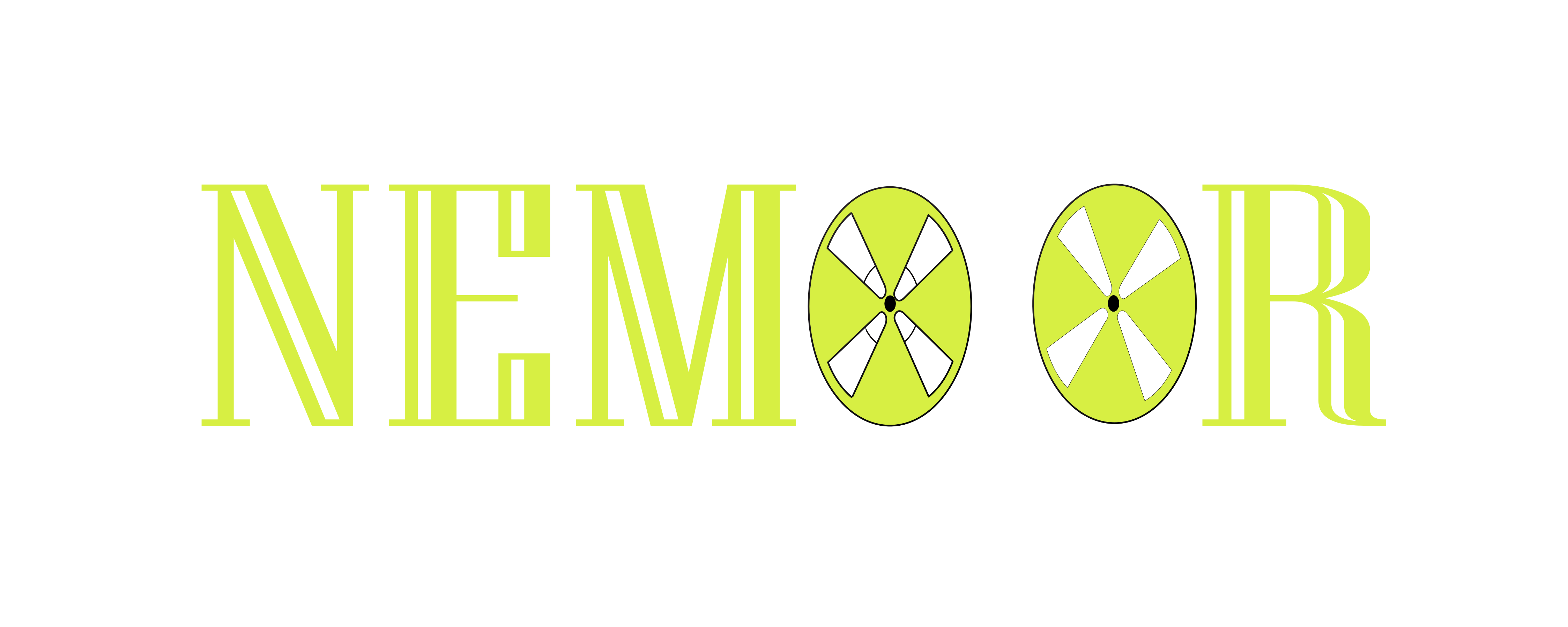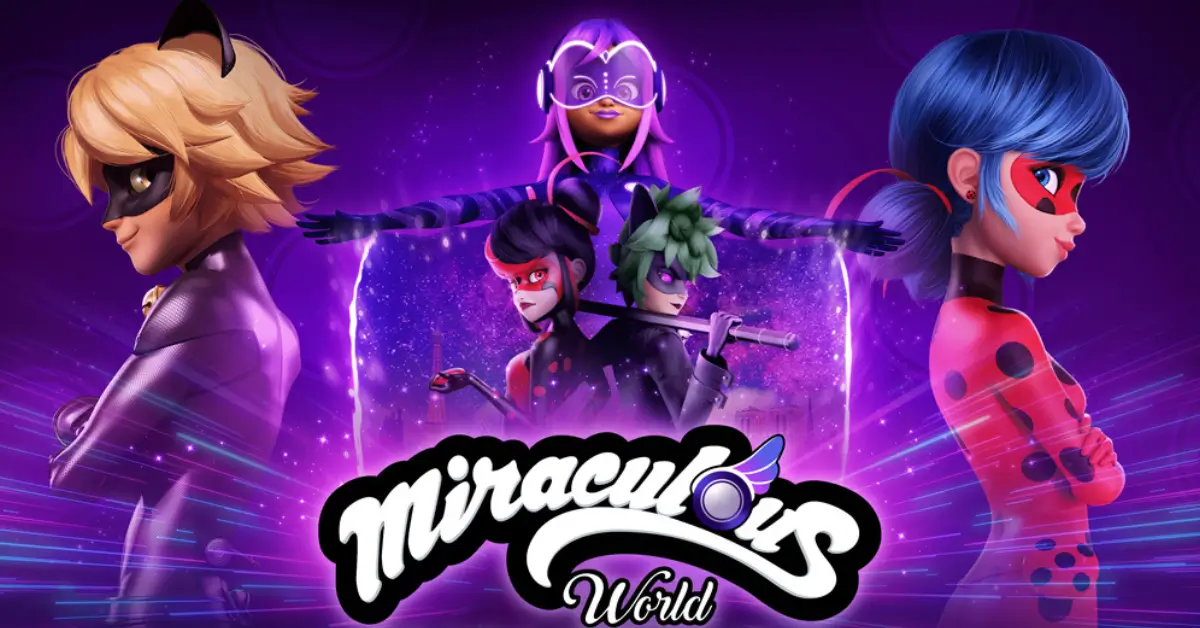Miraculous: Tales of Ladybug & Cat Noir: Mental Health Themes in a Superhero Disguise
In the colorful, action-packed world of children’s animation, “Miraculous: Tales of Ladybug & Cat Noir” has emerged as a global phenomenon that cleverly embeds important mental health concepts within its superhero narrative. Created by Thomas Astruc and produced by Zagtoon and Method Animation, this French-Japanese-Korean series offers more than just entertaining adventures it provides young viewers with a sophisticated framework for understanding emotions, identity struggles, and psychological resilience.
Thank you for reading this post, don't forget to subscribe!Basic Show Information
Title: Miraculous: Tales of Ladybug & Cat Noir
First Released: 2015
Creator: Thomas Astruc
Main Characters:
- Marinette Dupain-Cheng/Ladybug (voiced by Cristina Vee in English dub)
- Adrien Agreste/Cat Noir (voiced by Bryce Papenbrook in English dub)
- Gabriel Agreste/Hawk Moth (voiced by Keith Silverstein in English dub)
- Alya Césaire, Nino Lahiffe, Chloé Bourgeois (supporting characters)
Genre: Superhero, Action-Adventure, Magical Girl, Romantic Comedy
Target Audience: Children 6-12, with significant teen and adult following
Format: Animated series with episodes running approximately 22 minutes
Plot Summary: Emotions as Superpowers and Supervillains
“Miraculous” is set in modern-day Paris, where teenagers Marinette Dupain-Cheng and Adrien Agreste transform into the superheroes Ladybug and Cat Noir, respectively. They protect the city from supervillains created by Hawk Moth (later revealed to be Adrien’s father, Gabriel Agreste), who exploits negative emotions by sending “akumas” butterflies infused with dark energy to possess items belonging to people experiencing strong negative feelings.
The central narrative conceit that intense negative emotions make people vulnerable to manipulation and transformation creates a unique framework for exploring mental health concepts with young viewers. Each episode typically follows a pattern:
- A character experiences a negative emotion (rejection, humiliation, jealousy, etc.)
- Hawk Moth senses this emotion and sends an akuma to “infect” an object important to them
- The person transforms into a supervillain with powers related to their emotional state
- Ladybug and Cat Noir must defeat the villain and purify the akuma
- The affected person returns to normal, often with greater emotional awareness
This formula brilliantly transforms internal emotional struggles into external conflicts that can be visually represented and resolved within the show’s narrative structure.
Mental Health Themes: A Deeper Look
Emotional Awareness and Regulation
At its core, “Miraculous” teaches viewers about emotional awareness and regulation through its visualization of how emotions can control behavior. When characters become “akumatized,” they essentially surrender control to their overwhelming feelings, embodying what happens when emotions go unregulated.
The show demonstrates that all people even seemingly perfect or happy individuals experience negative emotions. Rather than presenting these feelings as inherently bad, the series suggests that what matters is how we respond to them. This nuanced approach helps children understand that feelings themselves aren’t problematic it’s allowing them to overwhelm us that creates difficulty.
Ladybug’s purification of the akuma symbolizes emotional processing and integration. The phrase “Miraculous Ladybug!” that accompanies her restorative power can be seen as representing the healing that comes from properly addressing and resolving emotional challenges.
Identity and Authentic Self
The dual-identity narrative common to superhero stories takes on psychological depth in “Miraculous” through its exploration of authentic selfhood:
- Marinette/Ladybug: Clumsy and insecure as Marinette but confident and decisive as Ladybug, she represents the struggle many young people face between their perceived flaws and their potential
- Adrien/Cat Noir: Reserved and proper as Adrien but expressive and free as Cat Noir, he embodies the tension between meeting others’ expectations and expressing one’s true self
- Secret Identity Stress: Both protagonists experience anxiety about maintaining their dual lives, mirroring the psychological pressure many children feel about presenting different versions of themselves in different contexts
This framework allows young viewers to explore questions of authenticity and social masks in an accessible way, helping them understand that everyone contains multitudes and that different aspects of personality can emerge in different contexts.
Trauma and Its Effects
While presented in child-appropriate ways, the series addresses several forms of trauma:
- Parental Loss: Adrien’s mother disappeared mysteriously, and his resulting grief and abandonment issues inform his character deeply
- Emotional Neglect: Gabriel Agreste’s emotional neglect of Adrien illustrates how parental absence (even when physically present) affects children’s development
- Bullying: Characters like Chloé Bourgeois demonstrate how bullying often stems from insecurity, while showing the impact of such behavior on others
Gabriel Agreste/Hawk Moth himself represents unprocessed grief turned destructive his villainy stems from inability to cope with his wife’s disappearance, leading him to extremes in hopes of regaining what he’s lost. This portrayal shows young viewers how unaddressed emotional pain can distort judgment and behavior.
Support Systems and Friendship
The show emphasizes the importance of social support in maintaining mental health:
- Trusted Confidants: Both heroes have kwamis (magical beings that enable transformation) who serve as emotional supports and advisors
- Friendship Networks: Marinette’s friends (particularly Alya) provide encouragement and perspective when she becomes overwhelmed
- Community Resilience: Paris as a community repeatedly recovers from attacks, demonstrating collective resilience
These elements teach young viewers about the importance of seeking help, relying on friends, and building supportive relationships as protective factors for mental health.
Strengths in Mental Health Portrayal
Normalization of Emotional Vulnerability
“Miraculous” normalizes experiencing difficult emotions by showing virtually every character including heroes, villains, and supporting cast struggling with feelings like rejection, jealousy, disappointment, and anger. This universal approach helps destigmatize emotional vulnerability and shows children that everyone faces psychological challenges.
Empathy Development
The akumatization process requires viewers to understand the emotional catalyst behind each villain’s transformation. This narrative structure builds empathy by requiring children to recognize and relate to the feelings that led to the transformation, rather than simply categorizing characters as “good” or “bad.”
When Ladybug and Cat Noir defeat villains, they typically show compassion rather than judgment, reinforcing that people shouldn’t be defined by their emotional struggles or mistakes made during distress.
Resilience Modeling
The series provides multiple models of resilience:
- Immediate Resilience: Characters bounce back from akumatization without lasting stigma
- Developmental Resilience: Protagonists grow stronger through facing challenges
- Relationship Resilience: Friendships endure despite conflicts and misunderstandings
By showing characters repeatedly facing and overcoming difficulties, the show teaches children that resilience isn’t about avoiding problems but about developing the capacity to recover from them.
Age-Appropriate Metaphors
“Miraculous” uses the superhero genre’s capacity for metaphor to address psychological concepts in ways accessible to young viewers:
- Akumas represent how negative emotions can “infect” thinking
- Transformation sequences visualize how emotional states affect behavior and perception
- Miraculous objects show how certain tools (analogous to coping strategies) can help manage challenges
These metaphors allow children to grasp complex psychological concepts through concrete visual representation.
Limitations and Missed Opportunities
While “Miraculous” does much right in its portrayal of mental health themes, it has some limitations:
Quick Resolutions
The episodic format often necessitates rapid resolution of emotional problems, potentially understating the time and effort real emotional processing requires. Most akumatized villains appear completely recovered immediately after purification, which doesn’t reflect the ongoing nature of emotional healing.
Limited Exploration of Professional Help
The series relies almost exclusively on peer support and self-help approaches rather than acknowledging when professional assistance might be beneficial for significant emotional challenges.
Romantic Idealization
Marinette’s intense fixation on Adrien is played for comedy but sometimes crosses into unhealthy territory, including behaviors that might be considered stalking. This portrayal occasionally undermines the show’s otherwise thoughtful approach to emotions.
Educational Value and Cultural Impact
Despite these limitations, “Miraculous” offers significant educational value:
- Emotional Vocabulary: The show helps children identify and name specific emotions
- Cause-Effect Understanding: It links feelings to behaviors in clear, understandable ways
- Empathy Building: Viewers practice perspective-taking by understanding villains’ motivations
- Coping Strategies: Characters demonstrate various approaches to managing difficult situations
The show’s global popularity has created a shared framework for discussing emotions among children across different cultures and backgrounds. Fan communities frequently discuss character psychology, extending the educational impact beyond viewing.
Conclusion: Superhero Stories as Emotional Education
“Miraculous: Tales of Ladybug & Cat Noir” demonstrates how children’s entertainment can address mental health concepts without becoming didactic or losing entertainment value. By embedding psychological themes within an engaging superhero narrative, the series helps young viewers develop emotional intelligence while enjoying action-packed adventures.
The show’s portrayal of emotions as powerful forces that can be either destructive or constructive depending on how they’re handled provides children with a valuable metaphorical framework for understanding their own emotional experiences. Its emphasis on the importance of support systems, authentic self-expression, and resilience delivers crucial mental health messages in an accessible package.
While not explicitly therapeutic, “Miraculous” contributes to what might be considered preventative mental health education helping children develop emotional awareness, empathy, and coping skills that may serve them well throughout life’s challenges.
In a media landscape where children’s entertainment often oversimplifies emotional experiences, “Miraculous” stands out for its respect for young viewers’ capacity to understand psychological complexity when presented through engaging, age-appropriate storytelling.
What mental health themes have you noticed in “Miraculous: Tales of Ladybug & Cat Noir”? How has the show helped children in your life understand emotions? Share your thoughts in the comments below.
For resources on developing emotional intelligence in children, visit the Child Mind Institute at childmind.org

